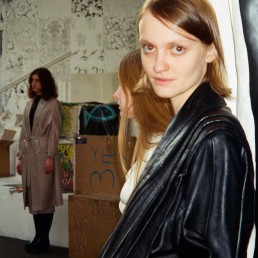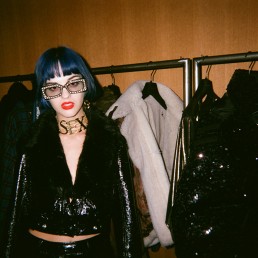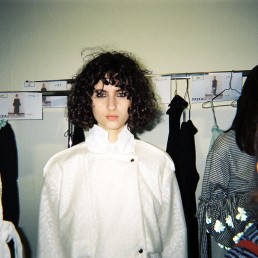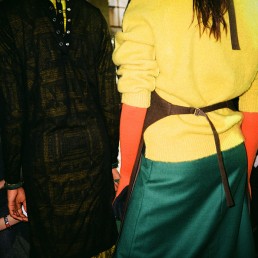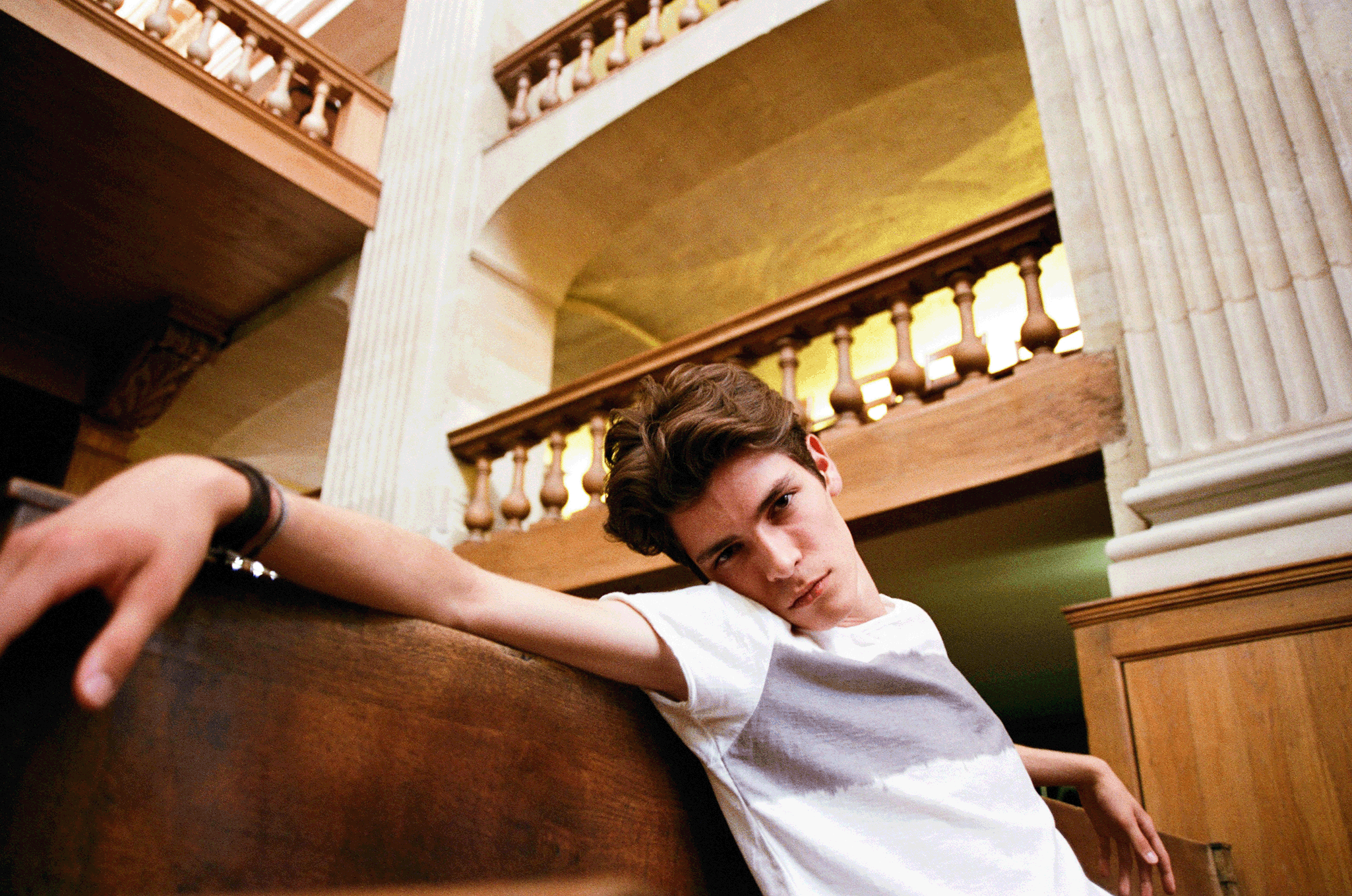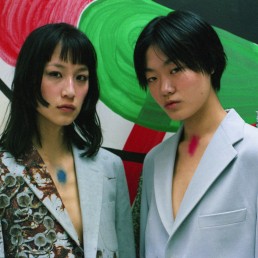Under the Creative Director Choi Jung In, TIME 1993 offered a crisp, refined vision of a “less is more” manifesto in fabric form.
The collection leaned into minimalism, with clean lines, soft tailoring and a muted palette that was occasionally punctuated by delicate color accents. The setting itself became a character in the show during Paris Fashion Week. TIME chose the upper floor of the iconic La Samaritaine as its runway stage, making a bold move that brought architectural drama into dialogue with the clothes. The department store’s rich Art Nouveau and Art Deco lineage, coupled with its contemporary reinvention under LVMH, lent the presentation an atmospheric tension between heritage and the contemporary. In that space, minimalist garments took on an almost sculptural quality, their subtle shifts and shadow plays amplified by the building’s framework.
It was refreshing that the dramatic architecture didn’t overshadow the clothes; rather, it framed them. In turns, the show felt intimate, each look able to breathe on its own, and cinematic, as the light traversed domes, glass corridors, and vaulted ceilings. The decision to host a TIME pop-up at La Samaritaine, on level -1 until the end of October, further anchored their narrative in the locale, reinforcing the brand’s Parisian dialogue.
While there was no impulse toward maximalism, the collection showed a maturity where design restraint is used as a form of expression, rather than hesitation. On balance, the show succeeded in its ambition to align elegant quietude with architectural poetry, a fitting moment for a brand staking a clearer claim in the Paris fashion landscape. – Anna Barr




Editor’s Picks:














Time Spring Summer 2026 at Paris Fashion Week
